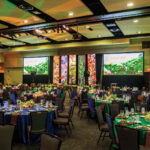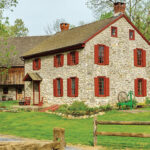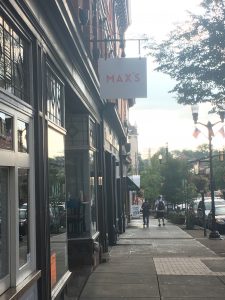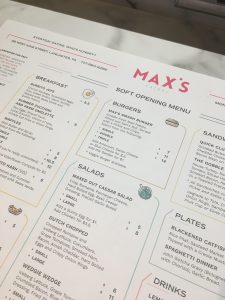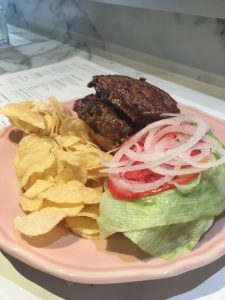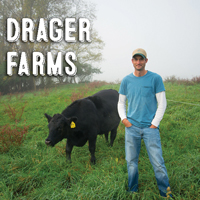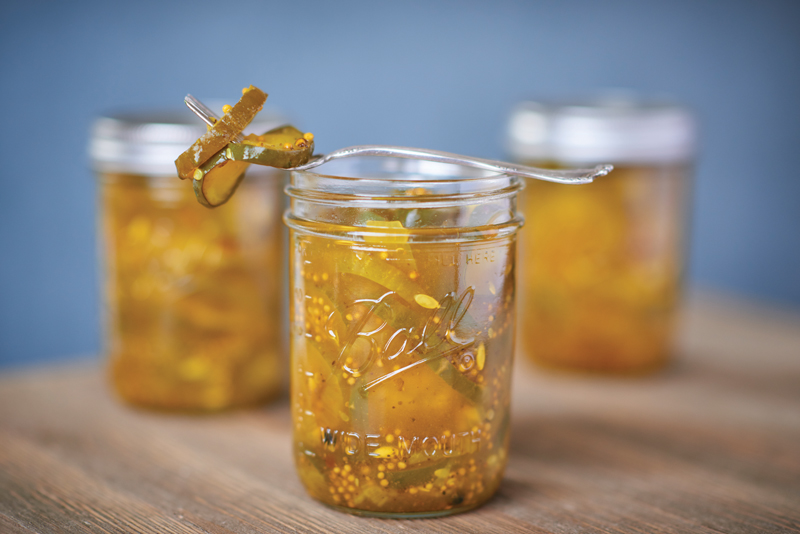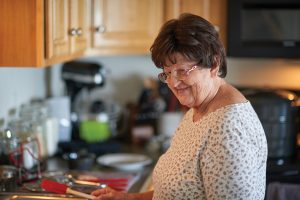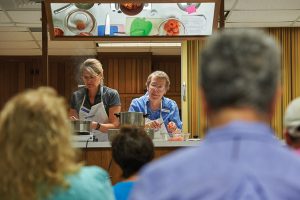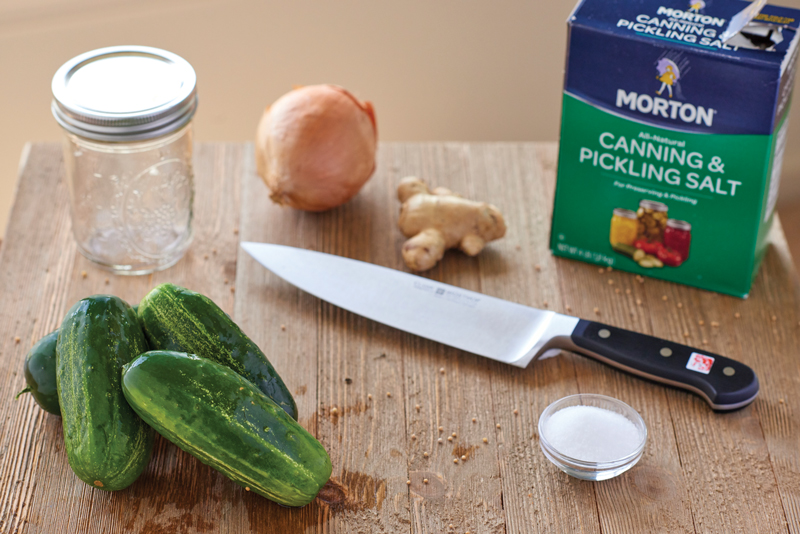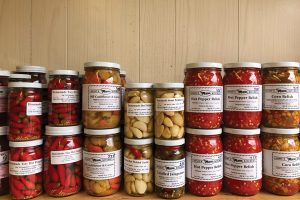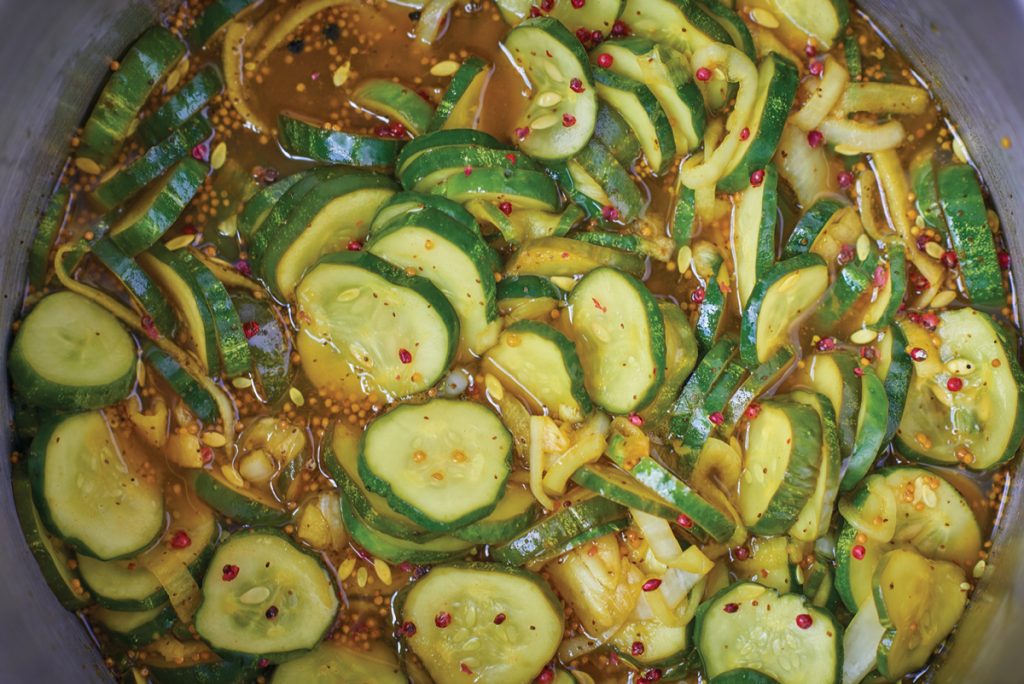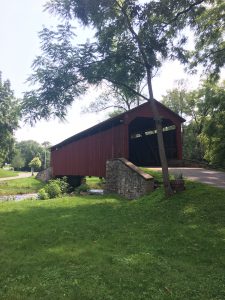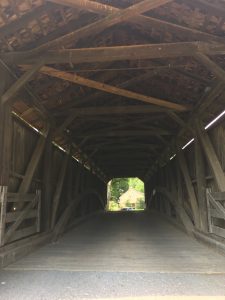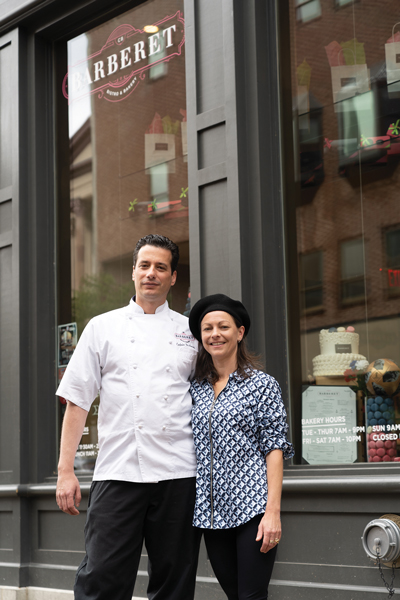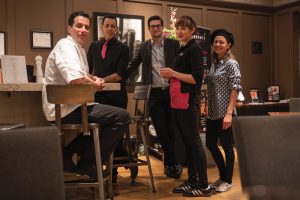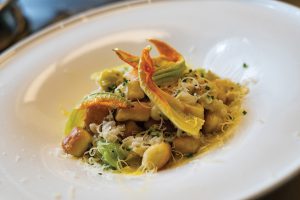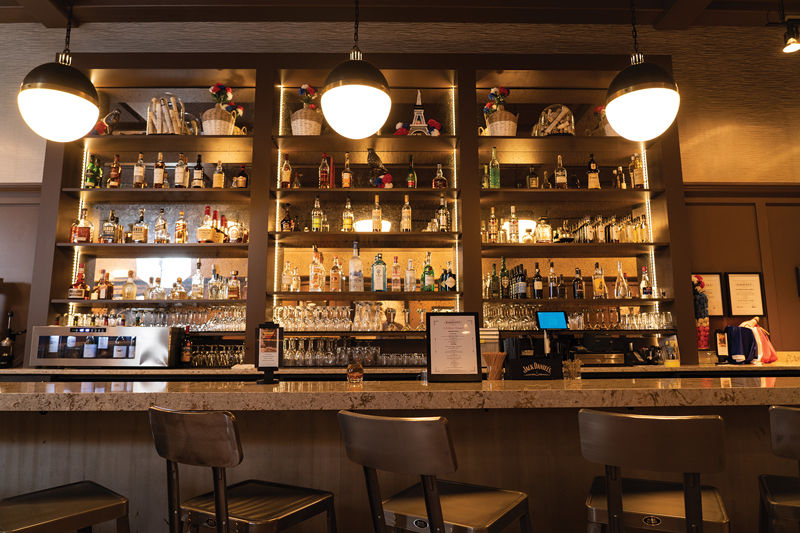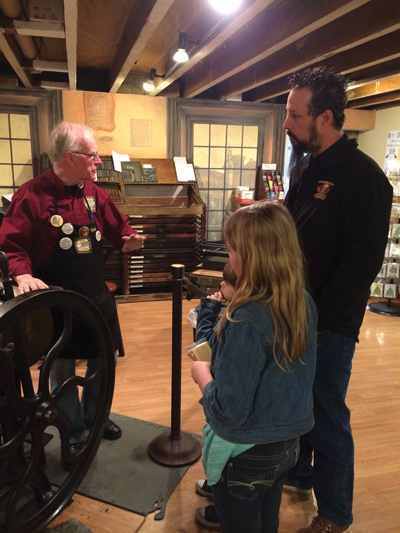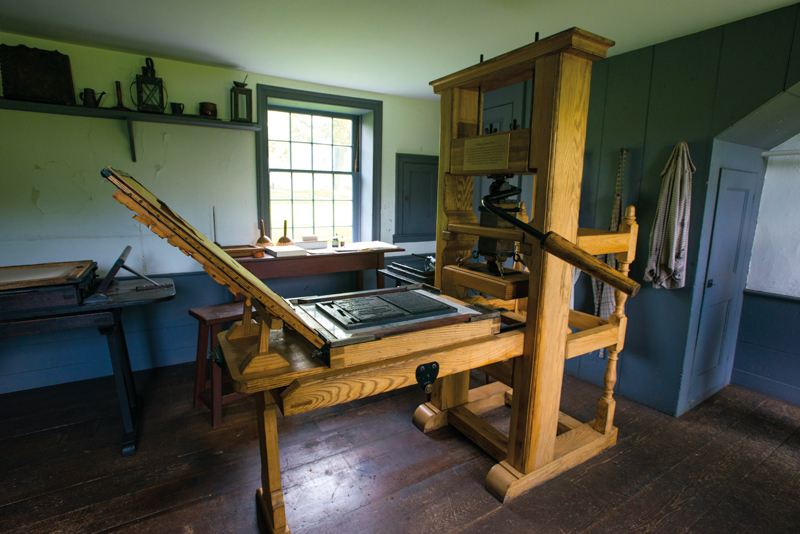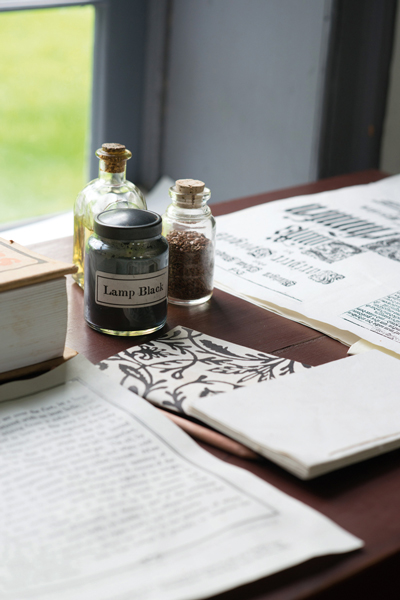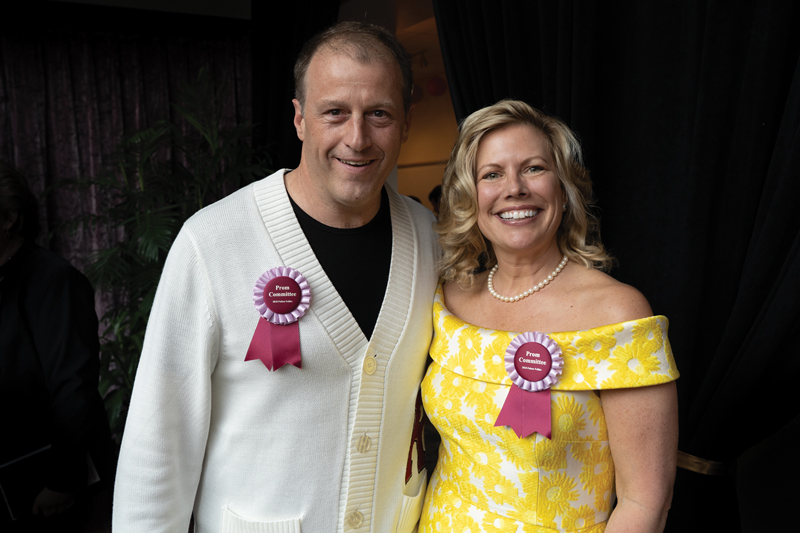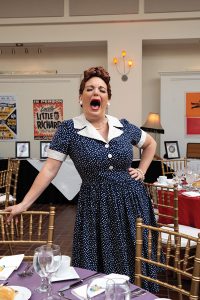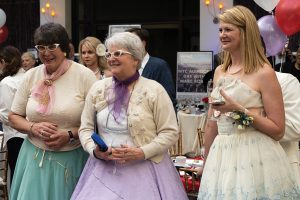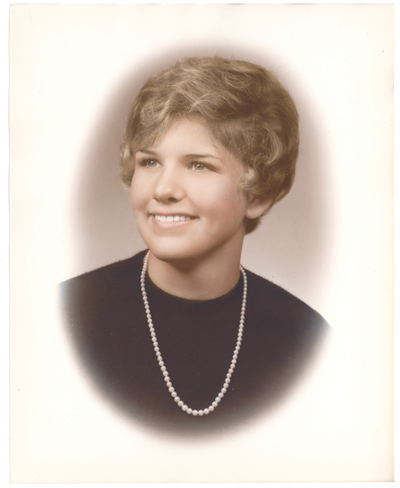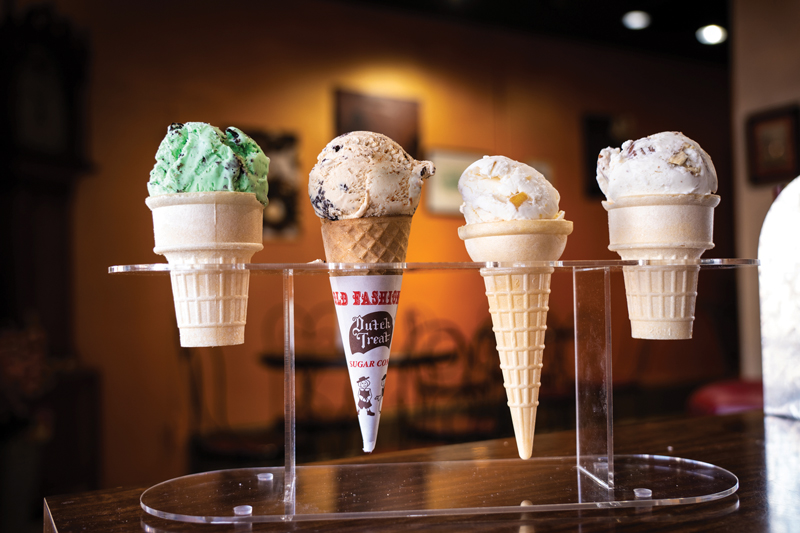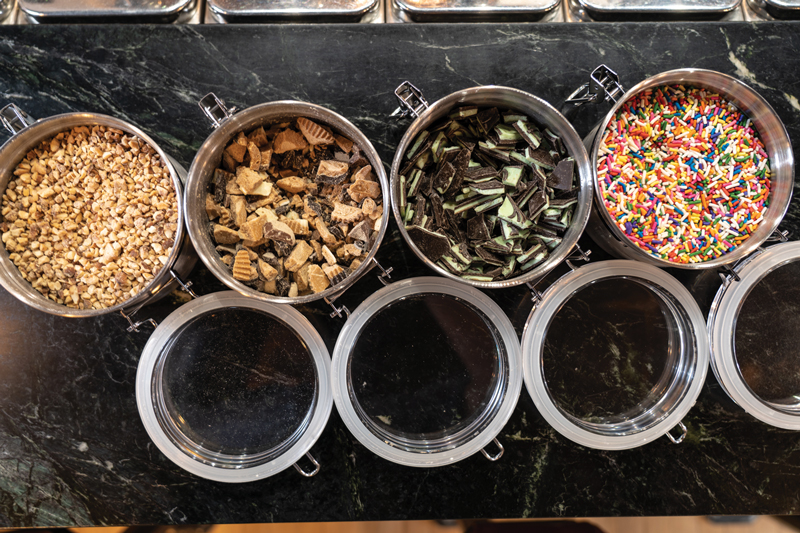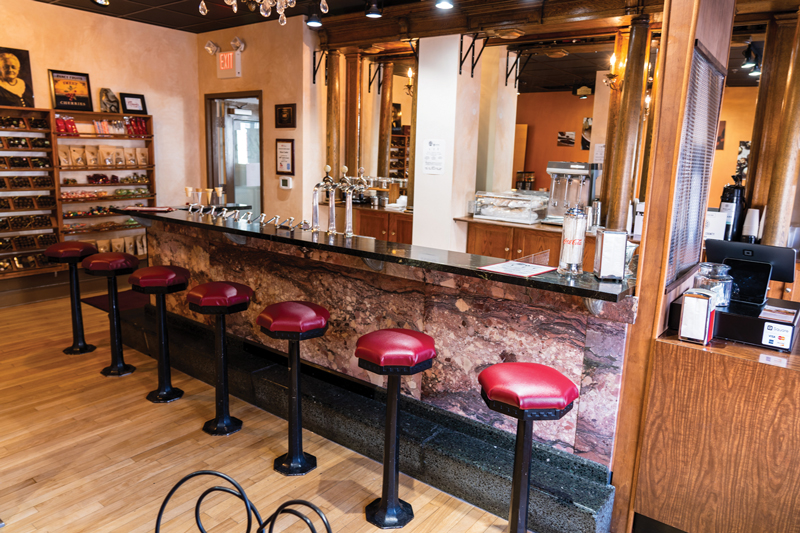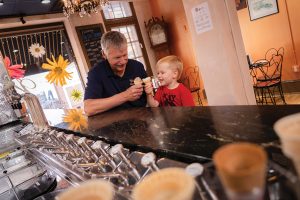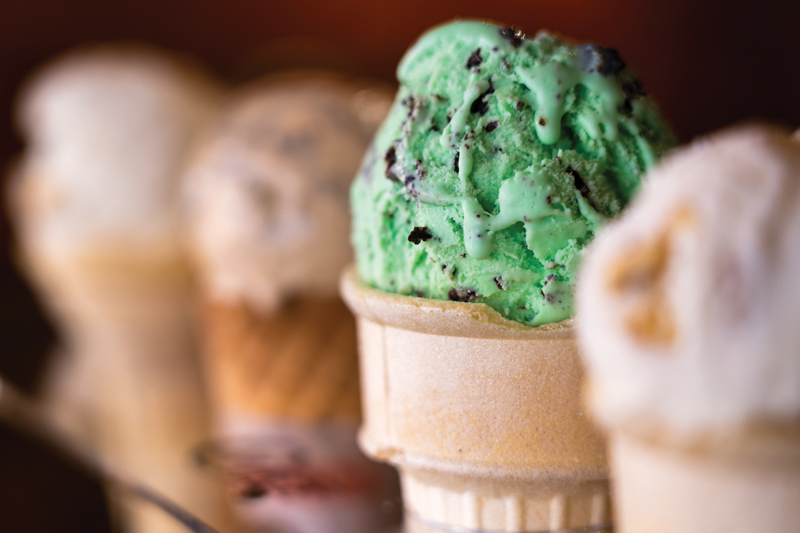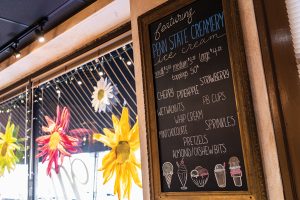When I found out that Aussie and the Fox was closing, I was disappointed. Without Aussie and the Fox in Lancaster, I was unsure when I’d have the opportunity to find out what constituted Australian food. I’d also only heard good things about the restaurant; whenever I passed by, the place seemed packed, so its closing came as a surprise.
My disappointment, however, was mitigated when I learned there would be another restaurant opening in the same location. The new restaurant, called Max’s Eatery, was going to be an “everyday eatery,” according to its website, a space modeled after a classic diner with a modern twist. The website promised a variety of options on the soft-opening menu, everything from breakfast foods to blackened catfish.
Named after the owners’ son Max, the concept of the restaurant was as clever as it was simple – create a restaurant which both children, like Max, and their parents would enjoy. The retro-diner atmosphere fits this vision nicely, offering a modern nostalgic atmosphere for adults and a fun boldly colored space for the restaurant’s younger customers. In the rear of the restaurant, a colorful cereal bar stocked with fruit loops and frosted flakes compliments this colorful aesthetic while offering yet another kid-friendly item to the menu. Between the cereal bar, waffles, onion rings, tater tots and smash burgers, any kid would be thrilled to eat at Max’s.
Boozy milkshakes and creative mixed drinks are also available for the adult crowd. I’d never had an alcoholic milkshake and was skeptical about whether it would taste good, but the “Twist and Shout” I tried was stellar. They also have another alcoholic milkshake called the “Booze Berry” that I’m looking forward to trying next time I get a chance, preferably with another order of onion rings and a smash burger.
I also had a regular black and white milkshake (half chocolate, half vanilla ice cream) and tried a “Summer Zucchini and Parm Omelette,” two eggs with shaved parmesan, local zucchini, and a choice of tots, crinkle cut fries, or onion rings. It was all delicious, and my only regret was not ordering more onion rings as a side in addition to the order I got from the “Sharables” section of the menu.


